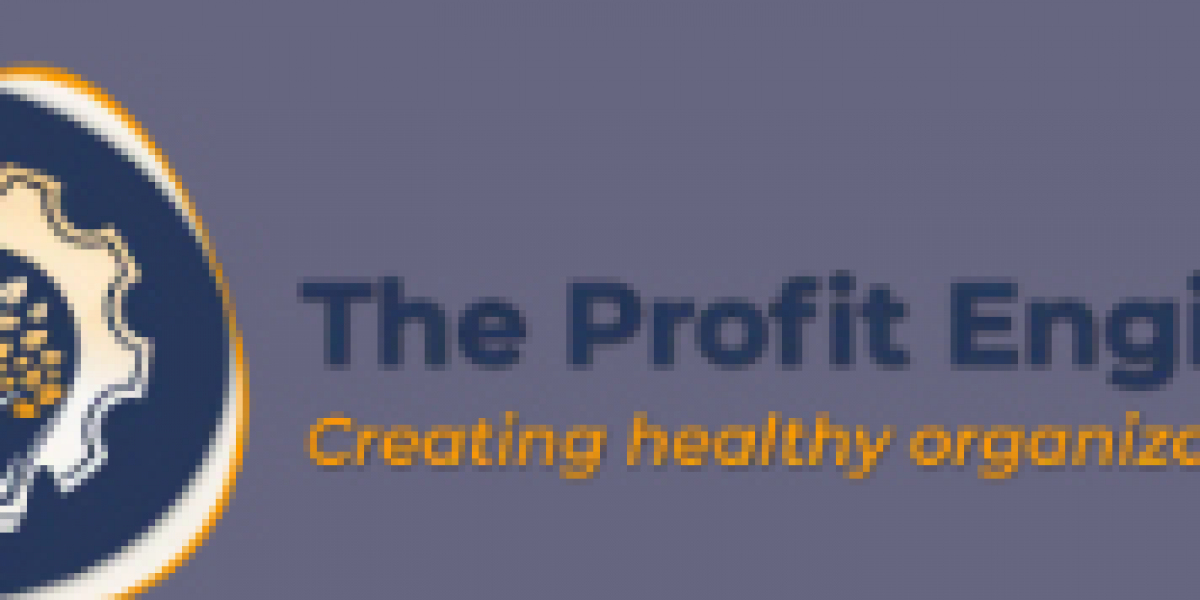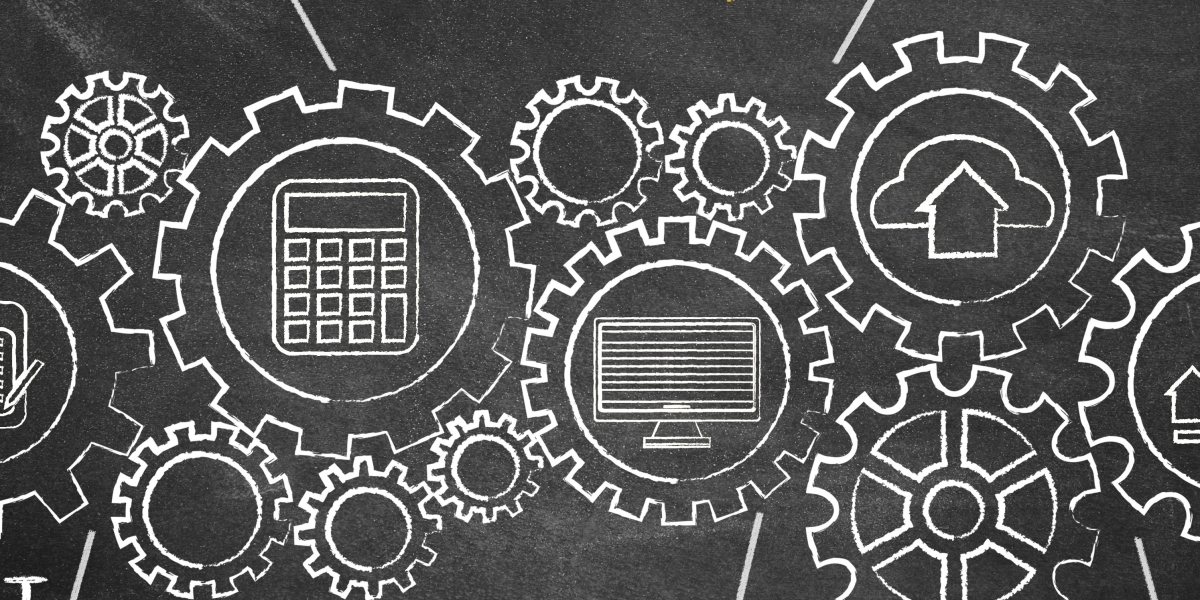Continuous improvement is a philosophy and practice aimed at making ongoing, incremental changes to processes, products, or services to enhance efficiency, quality, and customer satisfaction. This approach is not about large-scale overhauls, but rather, it focuses on small, manageable improvements that compound over time, leading to significant gains in performance and productivity.
Continuous improvement is widely adopted across various industries and is often a key principle in methodologies such as Lean, Six Sigma, and Agile. It encourages organizations to constantly evaluate their processes and look for ways to optimize them, ensuring that they remain competitive and responsive to changing market demands.
What is Continuous Improvement?
At its core, continuous improvement is about creating a culture where employees at all levels are actively involved in identifying areas for improvement and suggesting solutions. It emphasizes that no process is ever perfect and there is always room for enhancement.
Some key principles of continuous improvement include:
- Incremental Change: Small, regular changes lead to long-term success.
- Employee Involvement: Everyone in the organization, from the frontline staff to upper management, contributes ideas for improvement.
- Data-Driven Decisions: Improvements are based on data and performance metrics, ensuring that changes lead to measurable results.
- Customer Focus: All improvements aim to enhance the customer experience, either directly or indirectly.
The Importance of Continuous Improvement
In today’s rapidly changing business environment, the ability to adapt and improve continuously is vital for long-term success. Some key benefits of continuous improvement include:
- Increased Efficiency: By regularly refining processes, organizations can eliminate bottlenecks, reduce waste, and increase productivity.
- Enhanced Quality: Continuous improvement helps businesses improve the quality of their products or services, which can lead to higher customer satisfaction and loyalty.
- Cost Reduction: Eliminating inefficiencies and waste results in lower operational costs, boosting profitability.
- Employee Engagement: When employees are encouraged to contribute to improvement efforts, it creates a sense of ownership and engagement, leading to a more motivated workforce.
- Adaptability: Continuous improvement fosters a culture of flexibility, enabling organizations to quickly adapt to changes in the market or customer preferences.
Common Continuous Improvement Methodologies
Several methodologies support the concept of continuous improvement. Each has its unique approach, but all share the same goal of driving incremental, ongoing enhancements.
1. Kaizen
Kaizen is a Japanese term that translates to "change for the better." It is one of the most well-known continuous improvement methodologies. Kaizen focuses on small, daily improvements and involves everyone in the organization, from executives to shop floor workers. Kaizen events or workshops are often held to brainstorm and implement new ideas.
2. PDCA (Plan-Do-Check-Act) Cycle
The PDCA cycle is a simple yet powerful tool for continuous improvement. It involves four stages:
- Plan: Identify a problem or area for improvement and plan a solution.
- Do: Implement the solution on a small scale.
- Check: Measure the results to see if the change was effective.
- Act: If successful, implement the solution on a larger scale and look for further improvements.
3. Lean
Lean focuses on eliminating waste and optimizing processes to create more value for customers. Continuous improvement is a core principle of Lean, encouraging organizations to regularly review their processes and make small changes to improve efficiency.
4. Six Sigma
Six Sigma is a data-driven methodology that focuses on reducing defects and variability in processes. Continuous improvement is built into Six Sigma’s DMAIC (Define, Measure, Analyze, Improve, Control) process, ensuring that businesses consistently work toward higher quality and performance.
5. Agile
Originally developed for software development, Agile promotes continuous improvement through short development cycles (called sprints) and regular feedback from customers or stakeholders. Agile teams are always looking for ways to refine their processes and improve product features.
How to Implement Continuous Improvement
Implementing a continuous improvement strategy requires commitment from both leadership and employees. Here are some steps to get started:
- Create a Culture of Improvement: Encourage open communication and foster an environment where employees feel comfortable suggesting improvements. Leadership should model this behavior and prioritize continuous learning.
- Identify Areas for Improvement: Regularly assess your business processes and look for inefficiencies or areas where quality could be improved. Use data and customer feedback to guide your focus.
- Involve Everyone: Continuous improvement works best when everyone is involved. Create cross-functional teams to identify and implement improvements in different parts of the organization.
- Track and Measure: Use key performance indicators (KPIs) to measure the impact of your improvement efforts. Make data-driven decisions to ensure that the changes lead to measurable gains.
- Celebrate Successes: Recognize and celebrate even small improvements. This motivates employees and reinforces the importance of continuous improvement.
The Role of Leadership in Continuous Improvement
Leadership plays a crucial role in fostering a culture of continuous improvement. Leaders should:
- Encourage Open Communication: Make sure employees feel comfortable sharing ideas for improvement.
- Empower Employees: Give employees the tools, resources, and authority to implement changes.
- Lead by Example: Leaders should embrace continuous improvement themselves by regularly seeking feedback and looking for ways to improve their own processes.
- Reward and Recognize: Celebrate team successes and recognize individuals who contribute to the organization's improvement efforts.
Conclusion
Continuous improvement is not a one-time effort; it’s an ongoing journey that requires commitment, collaboration, and a focus on incremental changes. By adopting a continuous improvement mindset, organizations can enhance efficiency, reduce costs, and deliver higher quality products and services to their customers. Over time, these small, consistent improvements will lead to significant, long-term success.









